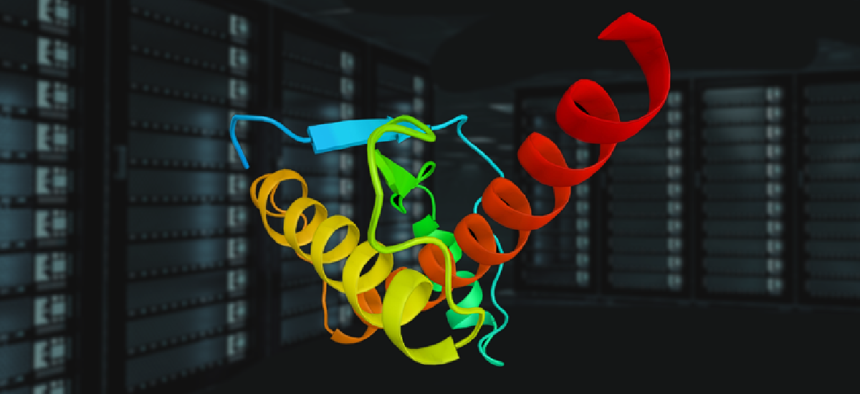
DARPA uses nature as a muse for new computing model
The Nature as Computer program is interested in models and concepts that exploit biological systems to crack currently unsolvable computational problems.
Some problems are just too hard for a computer to solve, even massive processing power. Some modeling and biology problems, for example, would require machines with so many cores and such enormous data transfer capacity that arriving at the solution is simply impractical.
With today's computing the problem is abstracted from the physical system it runs on, but in nature, the physical processes themselves are the computation. Proteins, for example, correctly and nearly instantly fold into specific three-dimensional shapes that perform different biological functions.
Taking a cue from nature's efficiency and precision, the Defense Advanced Research Projects Agency is looking for "concepts that exploit the interplay between complex dynamical behaviors and intrinsic properties of materials to develop novel computing models for the purpose of tackling current hard computation problems," according to an Aug. 1 solicitation.
The Nature as Computer program is interested in new models and concepts to crack computation problems unsolvable by classical models, such as developing simulations for hypersonic flight, materials for massively distributed sensing and control, and robust network optimization and analysis.
The two-phase, 18-month program has two technical areas: theory and design, then application development. The combined award value is $1 million, and all awards will be made in the form of an Other Transaction for prototype projects.
DARPA has often looked to nature for inspiration. Its Biological Technologies Office was launched in 2014 to develop capabilities that apply biological properties -- adaptation, replication, complexity -- to revolutionize defense of the nation and its warfighters.
BTO's programs have been diverse. The Advanced Plant Technologies program aims to develop plants to serve as ground-based sensors that detect and report on chemical, biological, radiological, nuclear and explosive threats. The ReVector program seeks to protect warfighters from disease-carrying mosquitos by temporarily modifying the skin microbiome to repel the insects.
A version of this article first appeared on GCN, a sibling site to Defense Systems.
